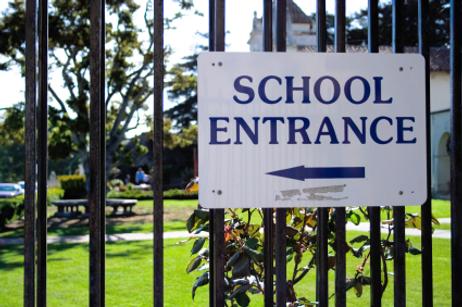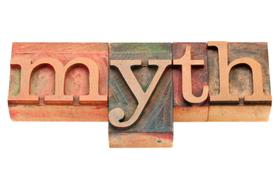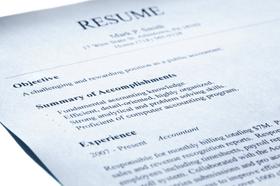The question and answer on the Bay Area Private Schools site says it all:
Q. Is there a ranking on California private schools?
A. There is no ranking on private elementary schools. Since the key to rewarding private school education is finding a good match for your child's specific needs, parents should not make their decision solely based on test scores and reputation.
So, the answer to every parent's question "Which is the best school for my child?" is a very ambiguous attorney's answer: "It depends!" What does it depend on? It depends on your requirements.
This video offers an overview of Sidwell Friends School in Washington, D.C.
What are your requirements?
You and your child will have different requirements, of course. You will be looking at test scores of a school's graduates, the colleges to which they matriculate, the quality of the faculty, how competitive the admissions are, and so on. Typical adult benchmarks.
She's more concerned with what kind of kids go to the school, what her social life will be like, whether she can bring her horse to school, how much homework there is, and how difficult the work is. Typical teenage concerns.
What you must do to determine the best school for your child is to examine and discuss all the things which matter to you both. This is not a discussion that can take place while stopped at a traffic light after





















